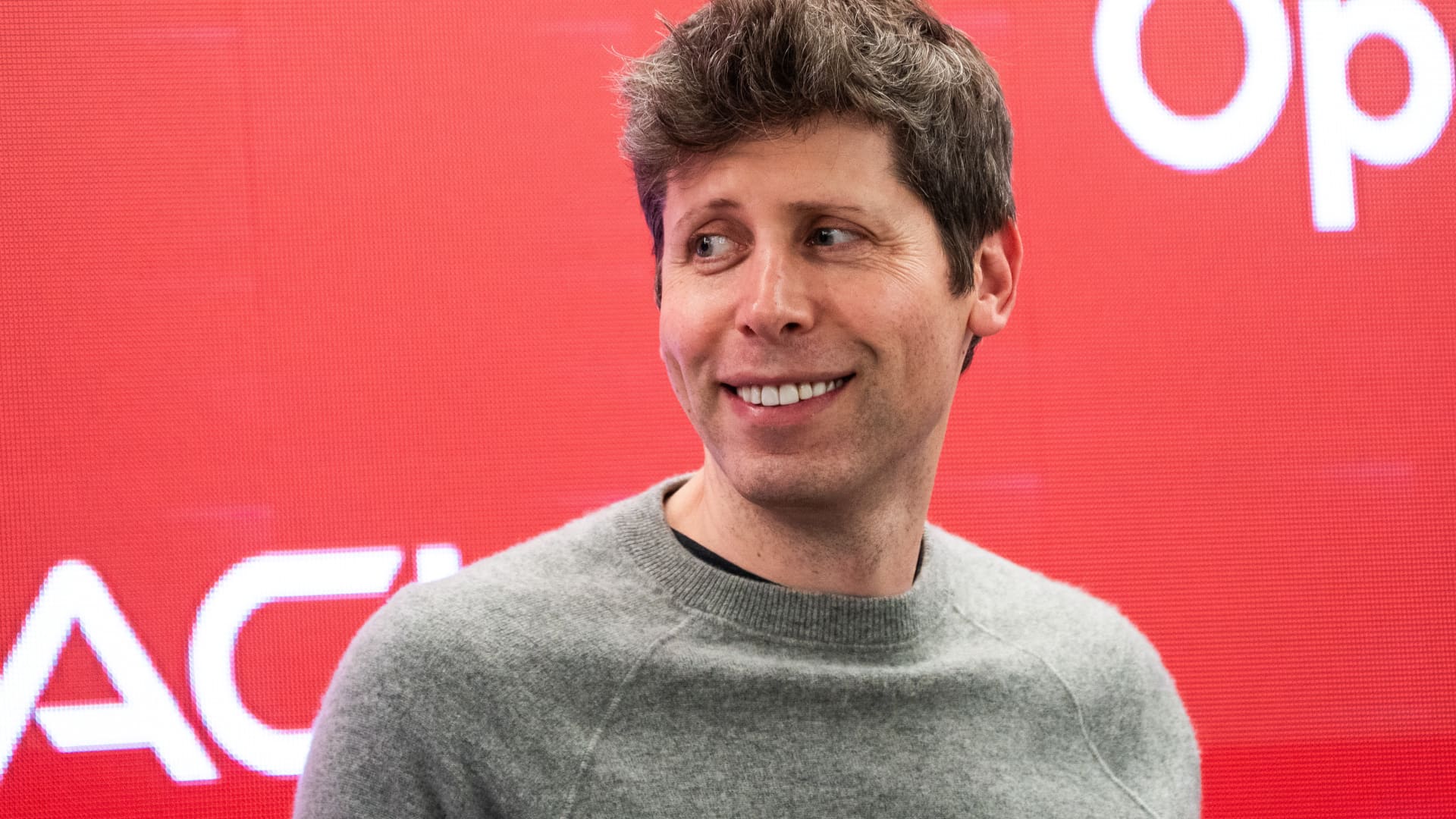OpenAI will add an opt in age verified adult mode to ChatGPT that allows erotic content and more customizable, human like personalities for verified adults. The change spotlights age verification, AI content moderation, privacy first compliance, and AI safety concerns for businesses and regulators.

OpenAI announced on October 15, 2025 that ChatGPT will introduce an opt in age verified adult mode permitting erotic content and more customizable, human like personalities for verified adult users. The update is positioned as a way to give consenting adults greater creative freedom while maintaining safer defaults for general users and minors. The change will influence how conversational AI balances user choice, monetization, and regulatory risk.
ChatGPT became a mainstream conversational AI since its public debut in 2022, and demand for personalization and expressive content continues to grow. Platforms must weigh restrictive defaults that protect minors against user desire for fewer limits. OpenAI aims to respond by creating two distinct experiences: a mainstream safe default and a separate, age verified channel for adult content.
For AI teams and product managers this move signals a path to new revenue and retention through personalization, with the trade off of higher technical and compliance demands. Effective age gating and isolation between user modes are critical. If verification fails, platforms face legal exposure and reputational harm.
For moderation and compliance teams building systems, the challenges include creating privacy first age verification that scales, building reliable audit trails, and designing robust AI content moderation workflows. Expect regulators to scrutinize evidence of effectiveness and data minimization practices related to age checks.
Enterprises embedding conversational models will need to decide whether to enable adult modes in customer facing deployments. That decision affects terms of service, content filters, and customer safeguards. Many conservative organizations will likely keep stricter defaults to reduce risk.
When covering topics such as ChatGPT adult mode, age verification AI, and AI content moderation, prioritize topical authority and semantic relevance. Optimize for question based searches and long tail queries like how to enable chatgpt adult mode in 2025, is chatgpt safe for teenagers, and legal requirements for AI age verification. Use privacy first language and address search intent by answering likely follow up questions on verification methods, moderation techniques, and regulatory risk.
The announcement highlights broader concerns about consent, data privacy and boundary enforcement in digital communication. Child safety groups and regulators are justified in asking for transparent audits, demonstrable safety controls, and proof that the adult channel cannot be accessed by minors. Attempts to bypass adult content filters will remain a risk and should be anticipated by product teams working on content filtering technology and responsible AI deployment.
Offering an opt in adult channel reflects a common governance trend: configurable user experiences paired with downstream safety work. From a product perspective, it is a pragmatic compromise. Success will depend on demonstrable safeguards, privacy preserving age verification, and compliance measures that can withstand technical and policy scrutiny.
OpenAI's plan to let consenting adults access erotic content in ChatGPT underscores the tension among user choice, monetization and AI safety. Over the next year regulators and advocacy groups will push for rigorous age verification and transparency, while users and competitors will watch whether segmentation reduces actual risk. Businesses deploying conversational AI should assess policies now and prepare for stricter compliance expectations. The outcome will determine whether adult mode becomes a responsible feature or a regulatory flashpoint.



